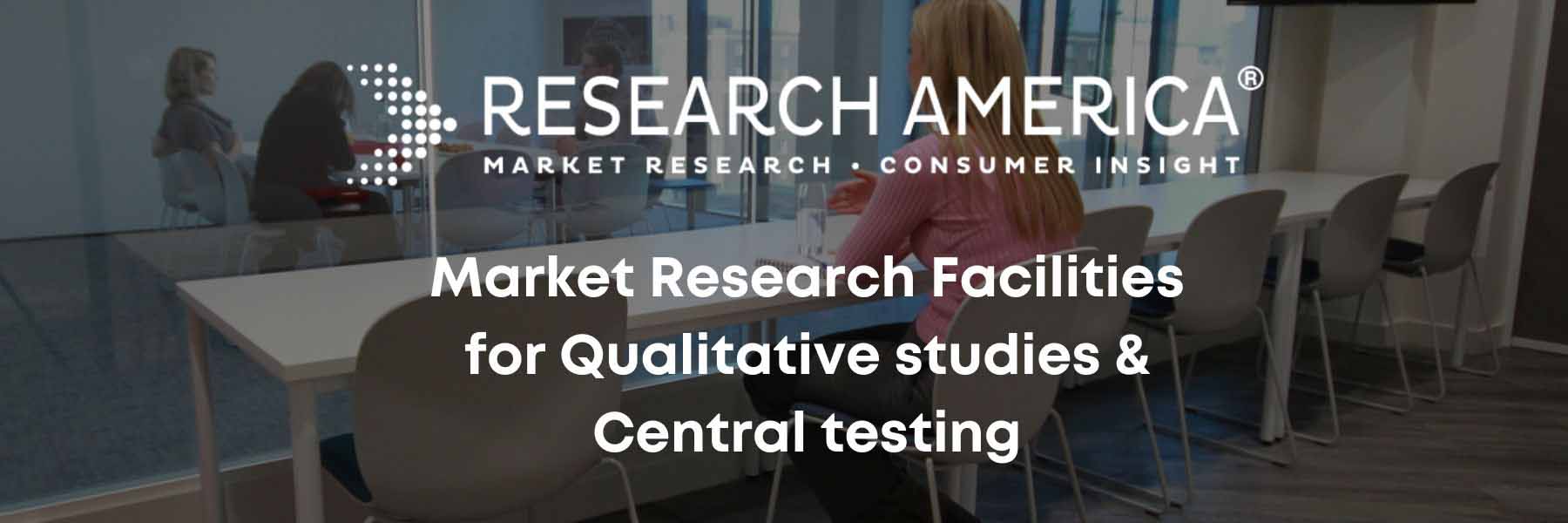
- Home
- Services
- Products
- About Us
- News
- Industries
- Resources
- Contact
Newtown Square • Philadelphia • Detroit • Cincinnati • Sacramento • Rochester • Willow Grove • Orlando • Buffalo • Chicago

A central location test (CLT) is frequently executed for quantitative marketing research objectives. Contrasting to a home-use test where testing takes place In the contributors' homes, CLTs occur in a controlled environment. CLTs, frequently referred to as hall tests, have several pros and the ability to interact physically with the contributors.
Central Location Tests (CLTs) are a great way to fabricate a controlled environment for your market research. This is frequently necessary for taste testing and sensory testing.
CLTs are directed in various environments, including hotels, malls, churches, testing labs, schools, eateries, and community environments.
With CLTs, researchers gain the power to eliminate bias because of the controlled-environment feature. For example, you are leading a taste test. You can give all contributors the same amount of food along with the same beverage to drink. Moreover, because all contributors are monitored in the same situation, this further abolishes bias.
CLTs also gives researchers the power to attain "raw" feedback. Unlike over-the-phone and online surveys, CLTs allow viewing the contributors' gestures and straight faces. This observational data is crucial for product development and marketing objectives.
Another benefit of CLTs stems from researchers being skillful in asking questions in actual time based on contributor actions. This is especially important as it permits researchers to test impalpable ideas and palpable goods thoroughly. Researchers can transcribe contributors' sensory abstractions and more.
CLTs are normally a thrifty method for directing market research. CLT market research companies can book an appropriate location of their choice that astonishments their research tasks. CLTs also give researchers the power to enlist a large number of contributors in a limited time.
Using the correct testing method is crucial to draw the most valuable data from a CLT. There are several to opt from. Your marketing research objectives will affect the most suitable method for each CLT you direct.
Each participant is given a set of standardized yardsticks along with two products. They are then questioned to contrast those products at the same time according to the standardized yardstick. This assists researchers realize how two products contrast against one another.
Each contributor is assigned to focus on a single product. Much of the time, monadic tests are executed during CLTs. To decide how well the product will execute once it is introduced to the marketplace.
During this kind of test, each participant estimates two products but not at the same time. After estimating each product, the participants are then tasked with re-estimating the products at the same time. This offers researchers with valuable comparative gradings data.
The point of having the participants evaluate each product separately first is to counterpoise consumers who frequently tend to overemphasize the differences between the products when they estimate them. At the same time, without first having assessed them individually.
Participants are questioned to assess one product by itself. They are then given another product to contrast with the first one. All over the CLT, researchers turn which product is advertised first and which one is then introduced secondly for the contrast.
Participants are asked to contrast the same two products not less than two times. The objective of repetition is to guarantee the initial feedback provided was not arbitrarily. For example, one of the products comes in yellow wrapping, but the participant does not like this color. At first, this may form a bias and source the participant to hate the product. After assessing the same product again, however, the participant is likelier to look far off any subjective dislikes.
CLTs need strategic organization but are generally a cost-effective way to upgrade product development and marketing ideas. These tests can significantly differ in their locations. For example, you are leading a taste test in the center of a shopping mall. One or two prosecutors stand in the mall's center and enlist participants as they walk by. The taste testing may occur immediately as the person enlists, or participants may be directed to a different site. Such as a meeting room in another corner of the mall.
CLTs that cover taste testing is ideal for research and development scientists as it assists them in drawing up new foods and beverages. It also offers valuable intuition about assembling its existing food and beverage products.
On the other end of the diapason, researchers can enlist participants well before the CLT occurs. This is frequently seen when CLTs are directed in a very controlled environment, such as a testing lab, hotel, or focus group facility where the latest research equipment is used to collect data. An example of such equipment is a special apparatus that detects the vergence movements of participants.
Research America is a market research company that offers Central Location Tests in Orlando, New York metropolitan areas, and Sacramento. Our team of market researchers and prolocutors is skillful in the best practices for leading CLTs.
If you require a focus group to meet your specific needs, contact Research America. For further details contact us